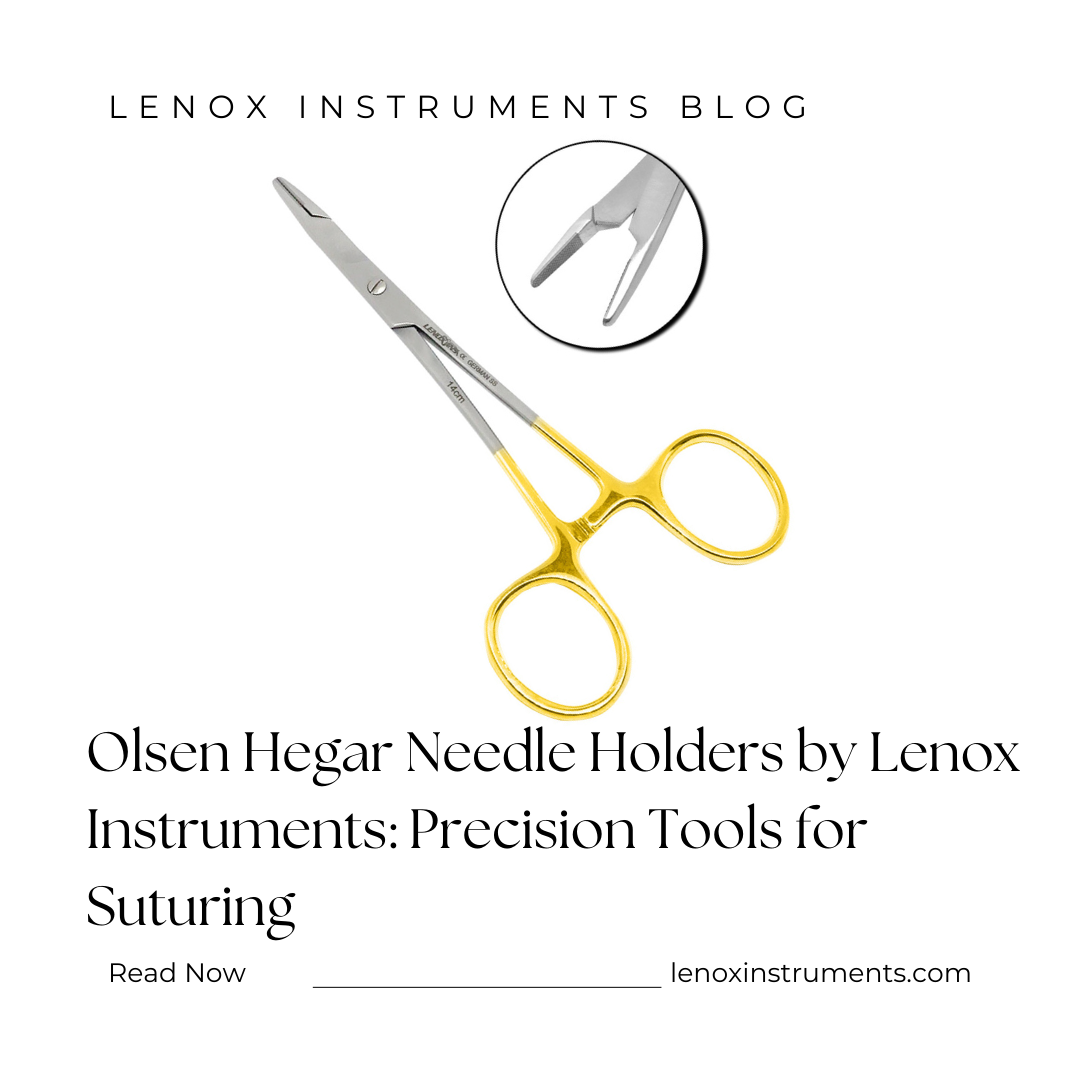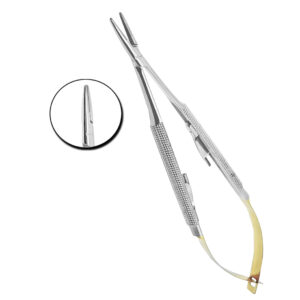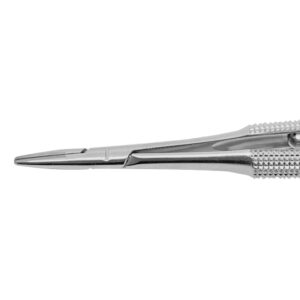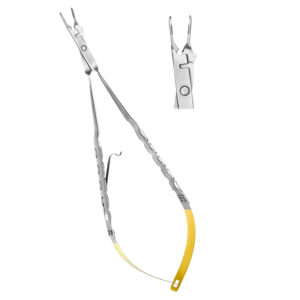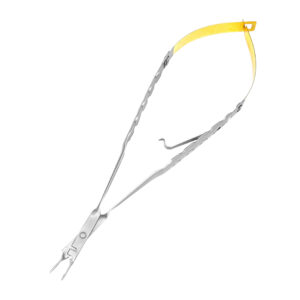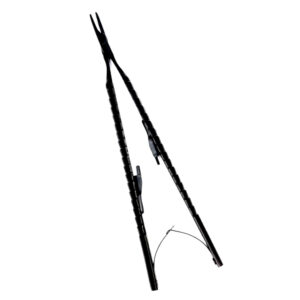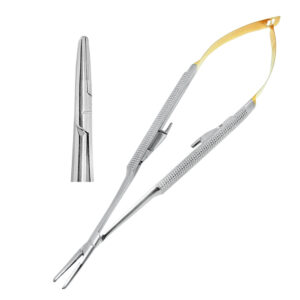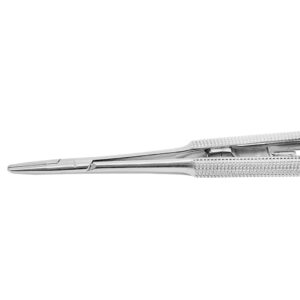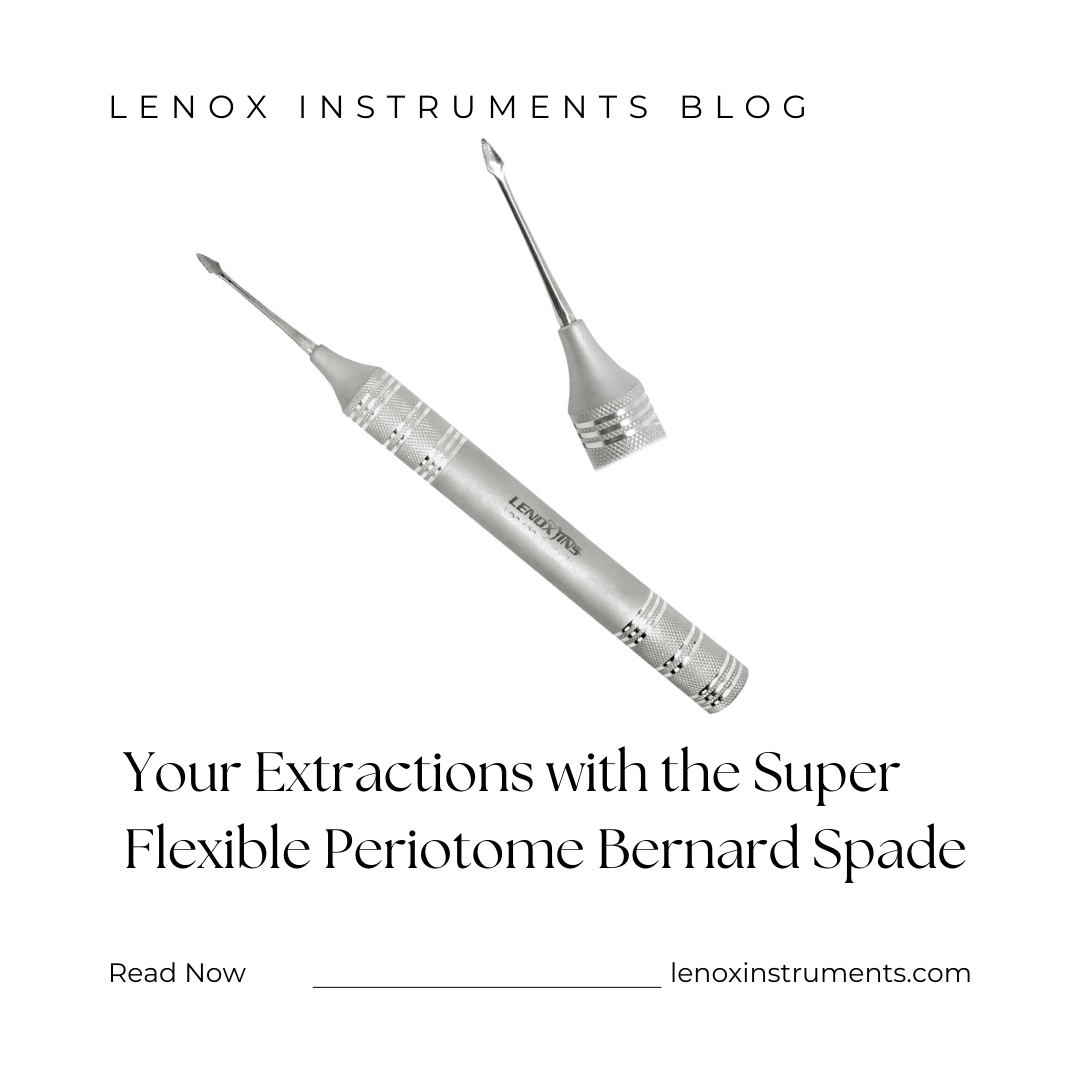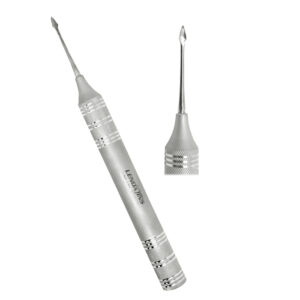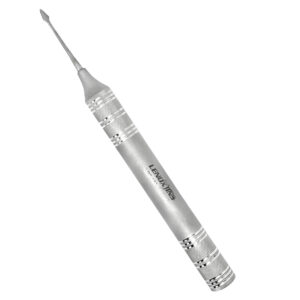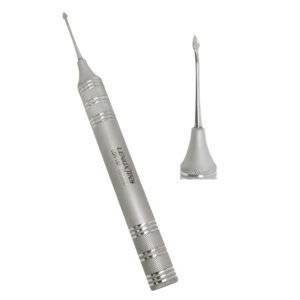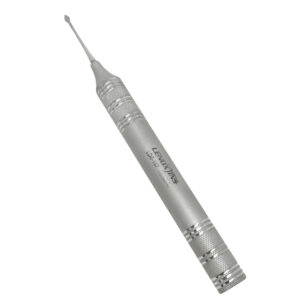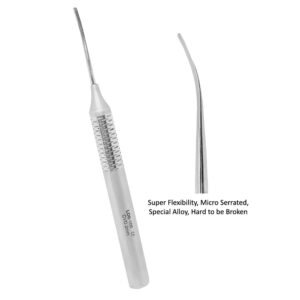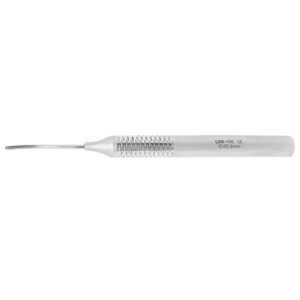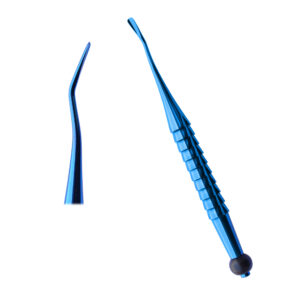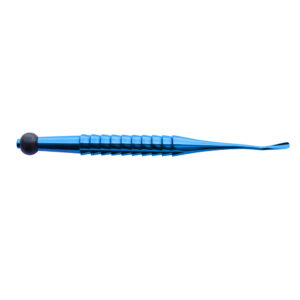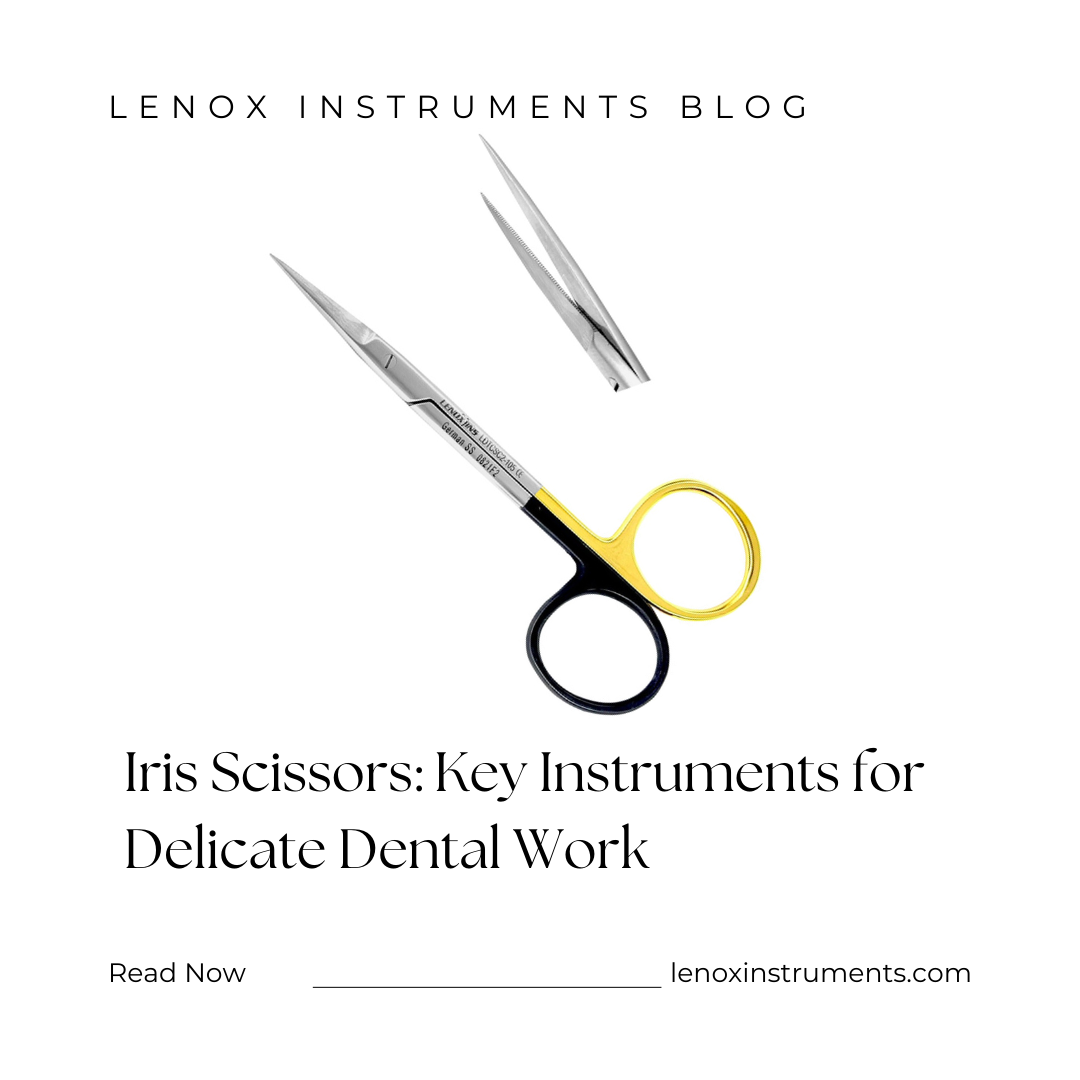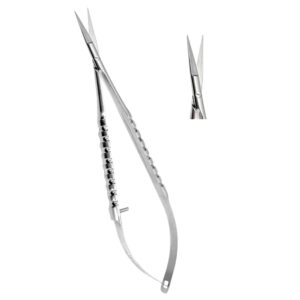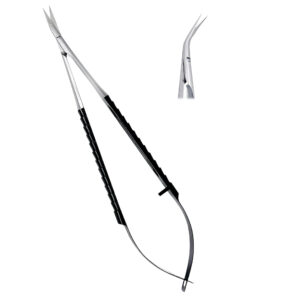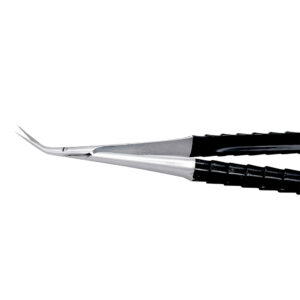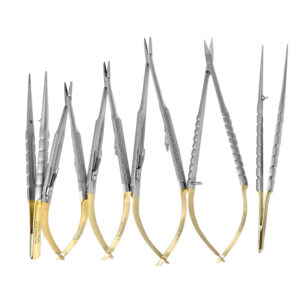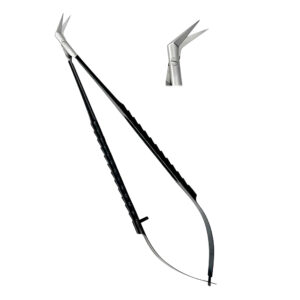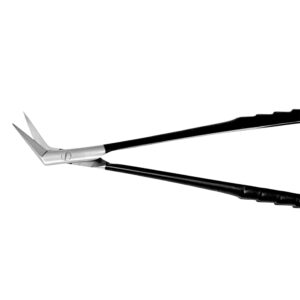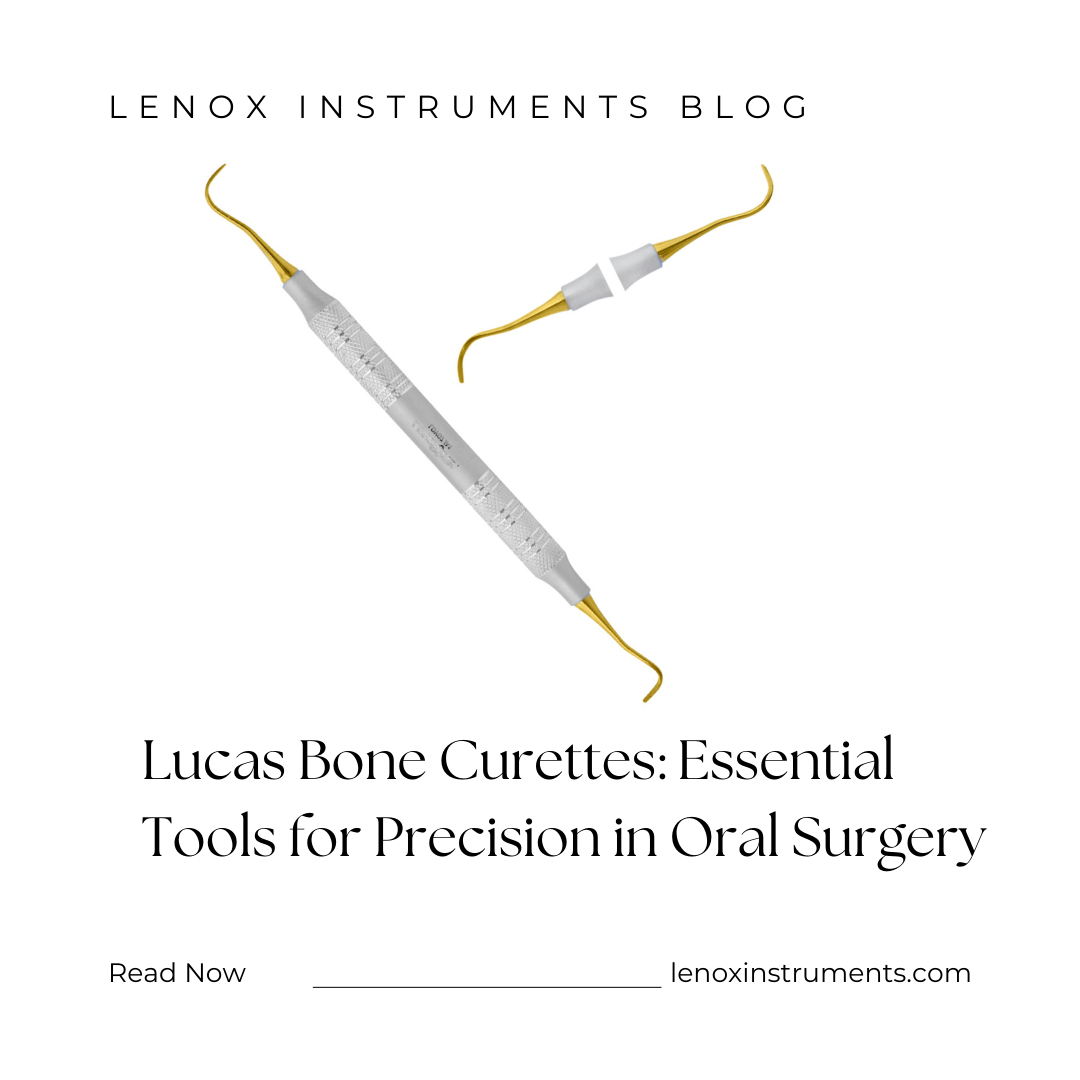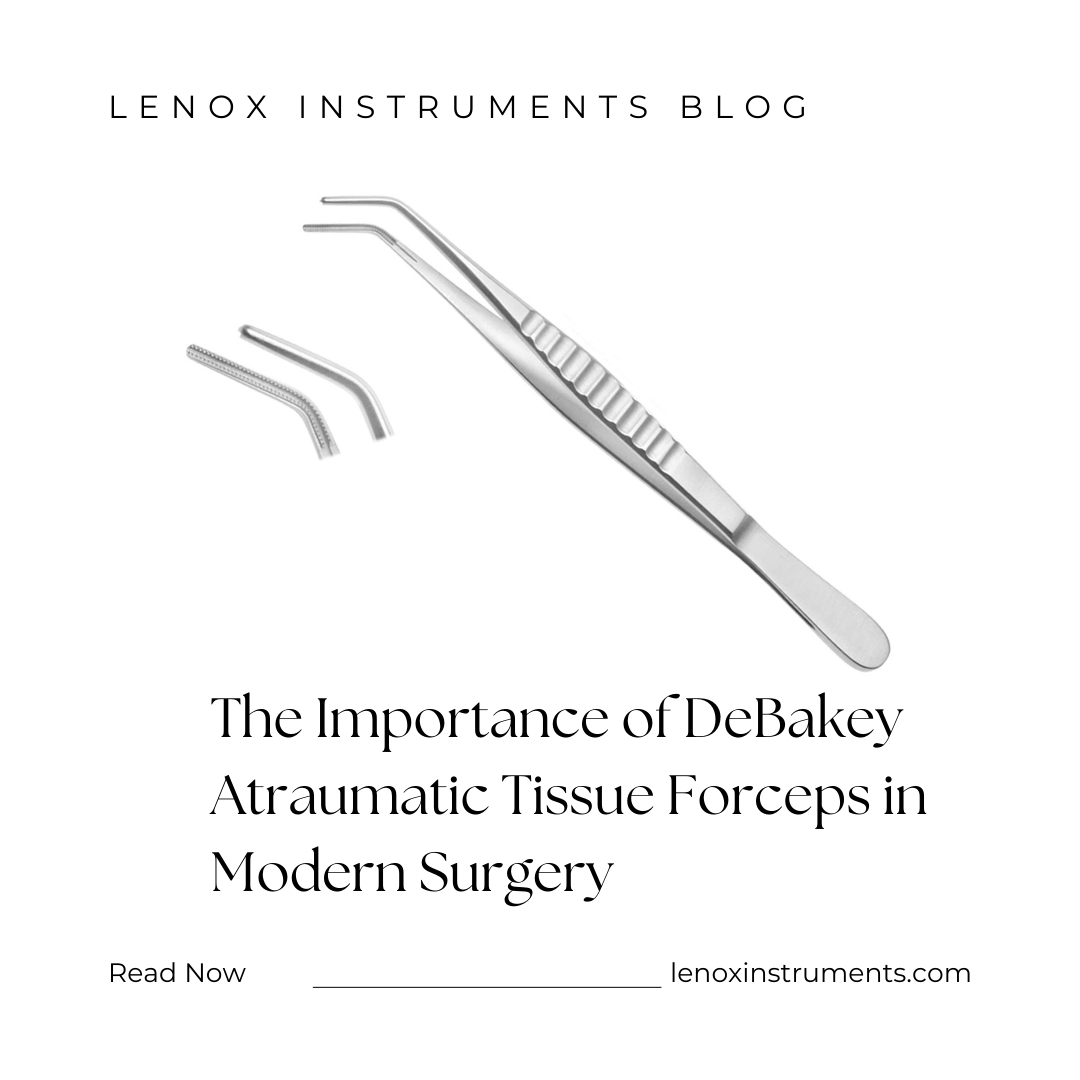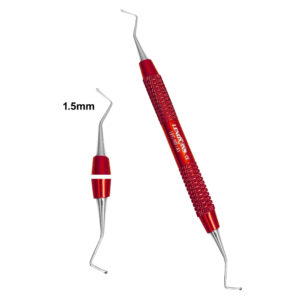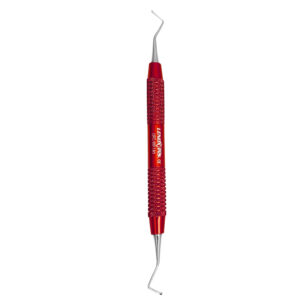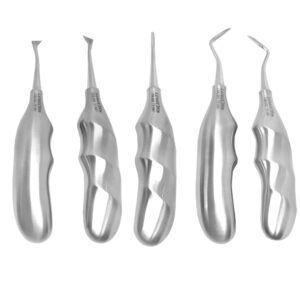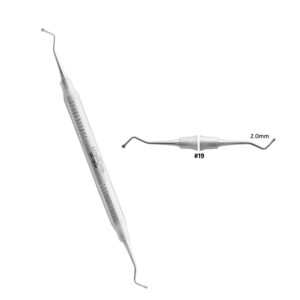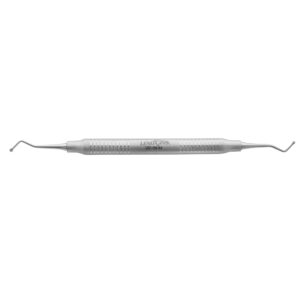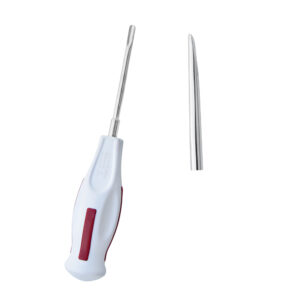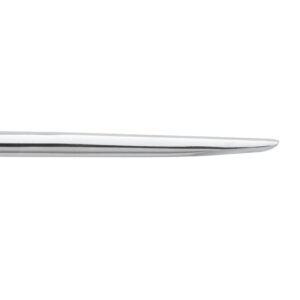Olsen Hegar Needle Holders by Lenox Instruments: Precision Tools for Suturing
- Posted September 19, 2024
- by LENOX INC CANADA
Lenox Instruments offers high-quality Olsen Hegar needle holders, combining the functionality of a needle holder and scissors in one versatile tool. These instruments are essential for medical and dental professionals performing suturing procedures.
Key Features
- Dual Functionality: Combines needle holder and scissors in one instrument
- Ratcheted Mechanism: Allows secure gripping of suture needles
- Scissor Blades: Located at the base of the jaws for cutting sutures
- Tungsten Carbide Jaws: Available for enhanced durability and grip
- Premium Materials: Crafted from high-grade stainless steel
Surgical Needle Holder
-
Castroviejo Needle Holders 14cm TC STR – Precision Surgical Instrument
Rated 0 out of 5CA$190Discover the Castroviejo Needle Holders 14cm TC STR by Lenox Instruments. Designed for precise suturing with tungsten carbide inserts, ergonomic design, and superior durability. Trusted globally by surgical professionals. Shop now! -
Micro Needle Holder Cutting Edge, Thumb-Lock, STR 18cm – Precision Surgical Instrument
Rated 0 out of 5CA$250Discover the Micro Needle Holder Cutting Edge, Thumb-Lock, STR 18cm by Lenox Instruments. Designed for precise suturing with cutting edge, thumb-lock mechanism, and ergonomic design. Trusted globally by surgical professionals. Shop now! -
Castroviejo Blade Breaker 16cm STR – Precision Surgical Instrument
Rated 0 out of 5CA$190Discover the Castroviejo Blade Breaker 16cm STR by Lenox Instruments. Designed for safe blade disposal with superior durability, ergonomic design, and advanced functionality. Trusted globally by surgical professionals. Shop now! -
Castroviejo Needle Holders 16cm TC STR – Precision Surgical Instrument
Rated 0 out of 5CA$190Discover the Castroviejo Needle Holders 16cm TC STR by Lenox Instruments. Designed for precise suturing with tungsten carbide inserts, ergonomic design, and superior durability. Trusted globally by surgical professionals. Shop now!
Advantages of Lenox Olsen Hegar Needle Holders
- Time-Saving: Eliminates the need to switch between instruments during procedures
- Efficiency: Ideal for practitioners working solo or with limited assistance
- Versatility: Suitable for a wide range of suturing tasks in various specialties
- Ergonomic Design: Comfortable grip reduces hand fatigue during extended use
- Precision: Allows for accurate needle placement and suture manipulation
Applications
Lenox Olsen Hegar needle holders find use in various medical and dental procedures:
- General surgery
- Dental surgery
- Gynecological procedures
- Veterinary medicine
- Plastic surgery
Dental
Lenox Instruments offers high-quality Olsen Hegar needle holders
Care and Maintenance
To ensure longevity and optimal performance of your Lenox Olsen Hegar needle holders:
- Sterilize after each use following standard autoclave procedures
- Inspect regularly for wear, especially in the jaw area
- Lubricate moving parts as recommended by the manufacturer
Lenox Instruments’ Olsen Hegar needle holders represent a significant advancement in suturing instruments, offering practitioners a versatile and efficient tool for various procedures. Their precision engineering and high-quality construction make them a valuable addition to any surgical toolkit.


